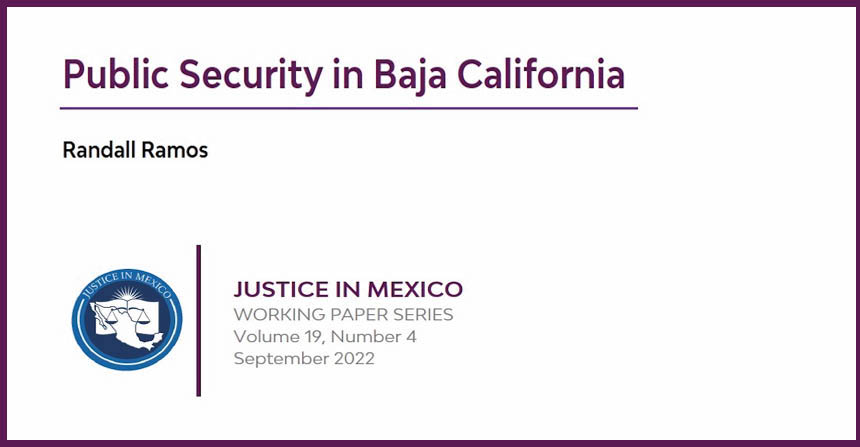09/26/11 — The most recent economic report released by the Organization for Economic Cooperation and Development (OECD) cites that there are over seven million ni-ni’s nationwide, 38% of which are women, though some sources put the former number as high as ten million. Ni-ni’s are young people generally between 15 and 29 years old that neither work nor study (“ni estudian, ni trabajan”).
The ramifications of having such a large demographic of youth without access to a legitimate economy has created dire circumstances. In areas like Ciudad Juárez, the amount of young people without employment or pursuing an education has translated into easy recruitment for drug cartels. The relationship between the lack of opportunity and poverty has increased the enticement for them to get involved in drug cartels and trafficking. The increase in ni-ni’s has been described by the Pulitzer Center for Crisis Reporting as “a crisis that threatens to engulf an entire generation”, a generation that has often been labeled as “Generation Narco”.
The largest concentration of ni-ni’s is in Ciudad Juárez. Ni-ni’s as young as 13 are recruited from schools or the streets by drug cartels that use them as hit men. Youth are offered about a week’s wages for a murder or about $1,000 per trip to smuggle drugs over the border. Sandra Ramírez, a social worker in the Juárez slums, confirmed, “It is only them [the cartels] that are coming to these kids and offering them anything,” she says. “They offer them money, cell phones and guns to protect themselves. You think these kids are going to refuse? They have nothing to lose. They only see the day to day. They know they could die and they say so. But they don’t care. Because they have lived this way all their lives.” Since 2008, Ciudad Juárez, which has been called “the murder capital of the world,” is a city of 1.5 million that has seen more casualties than the current war in Afghanistan, which has a population of 28 million. A 2010 Time report cited 120,000 Juárez residents as ni-ni’s, most of which fell between the ages of 13 and 24. According to the OECD Employment Outlook report released on September 2, 2011, the amount of ni-ni’s looks to increase with the overall rate of unemployment growing in Mexico.
Despite the reportedly growing number of ni-ni’s by the OECD, the Secretary of Public Education (Secretaría de Educación, SEP) and the Secretary of Labor and Social Prevision (Secretaría del Trabajo y Previsión Social, STPS) negate this assertion and instead claim that the number of ni-ni’s has in fact decreased by 20-35% in the past few decades. According to Notimex, while they recognize the number of ni-ni’s is still large, SEP and STPS also pointed out that most ni-ni’s (84%) seeking work already have had past employment experience and that the high percentage of female ni-ni’s, which they argue is 78%, are married with children, meaning they are not necessarily looking for school or work at this time. In response to the ni-ni crisis, the two organizations support the “absolute necessity of driving forward the reform to the Federal Labor Law (Ley Federal del Trabajo) to create access for this population to adequate employment,” as cited in Notimex.
Grillo, Ioan. “Mexico’s Lost Youth: Generation Narco.” Time. November 7, 2010.
“Aseguran SEP y STPS que cifra de ‘ninis’ disminuyó a 20 por ciento.” Notimex. September 13, 2011.
Jiménez, Eugenia. “OCDE: México ocupa tercer sitio en ninis.” Milenio. September 13, 2011.
Elba Figueroa , Martha. “’Ni nis’ ponen de cabeza al Congreso.” El Diario. September 14, 2011.
“Los Ninis Mexico’s Lost Generation.” Pulitizer Center for Crisis Reporting. September 15, 2011.






Pingback: Mexico’s NiNis | LatIntelligence
>Or, if our frineds in TWW are to be believed, if we simply legalize crack cocaine then all criminal elements will disappear, and magically Mexico will become a paradise with gumdrop trees and children flying kites in the clear blue skies.Not to be glib because while I do believe that some form of drug legalization isn’t a bad idea, the rather naive assumptions that it’s going to solve all of Mexico’s problems while resurrecting our economy disturbs me on some level.